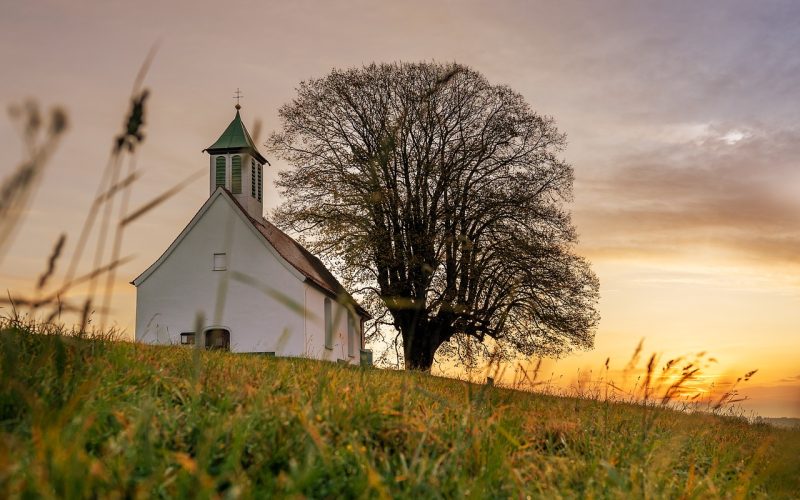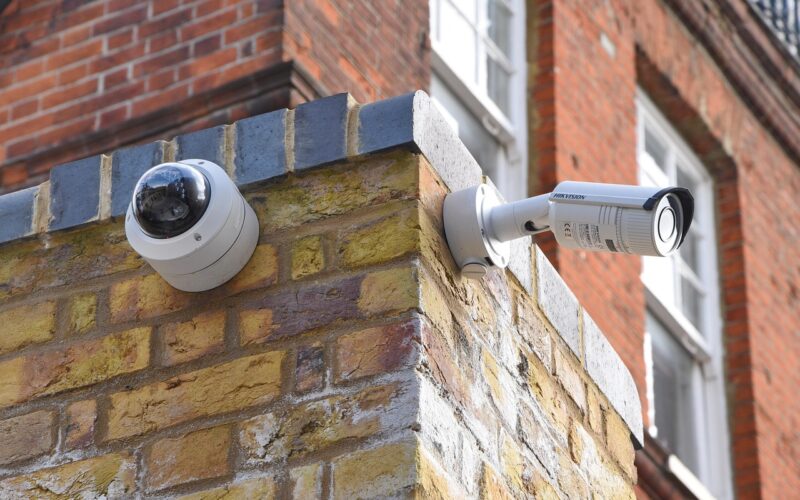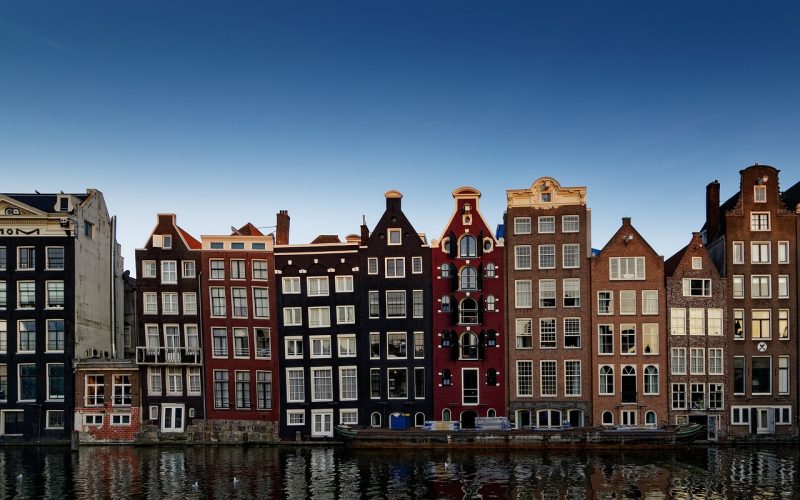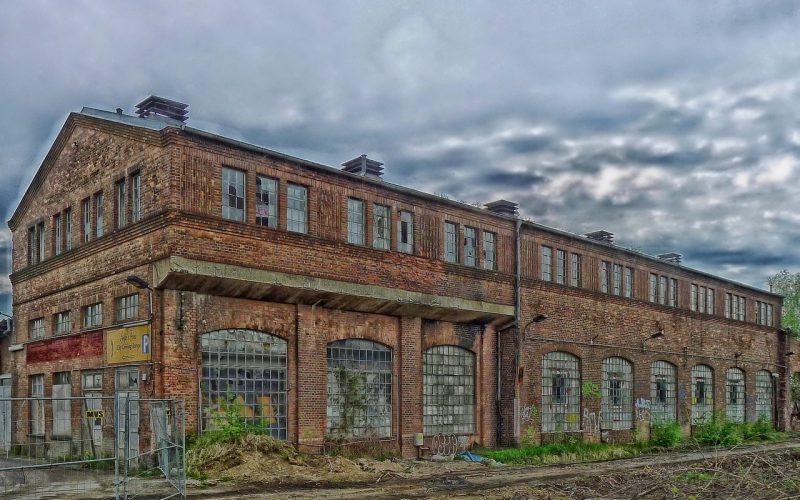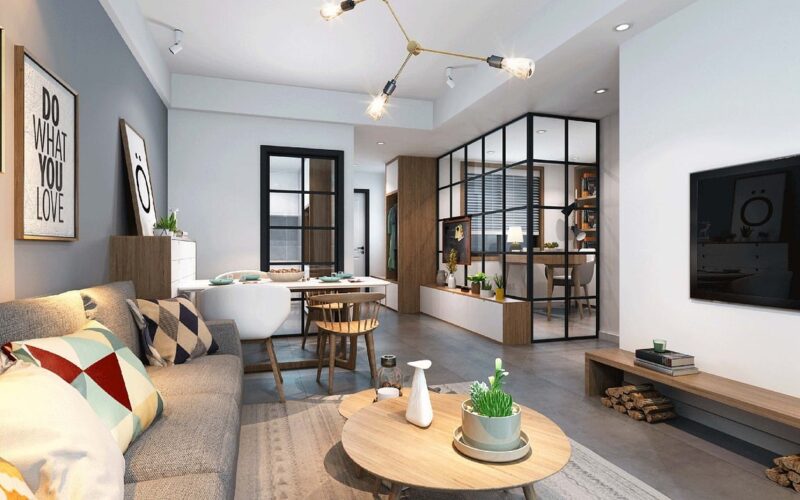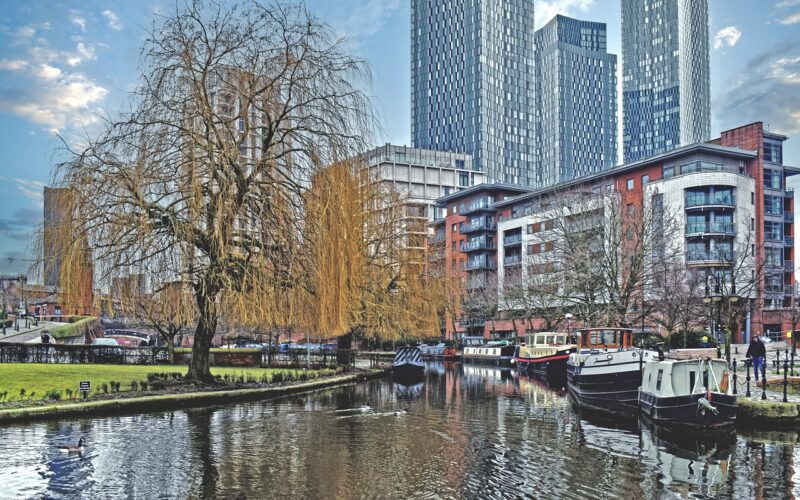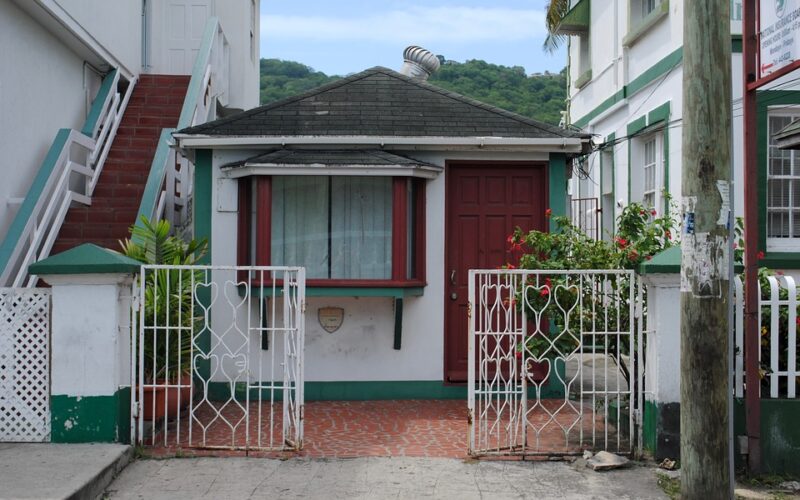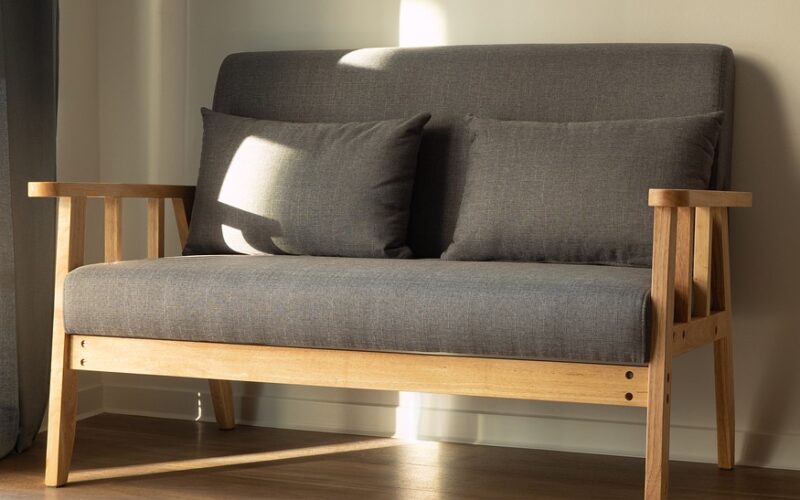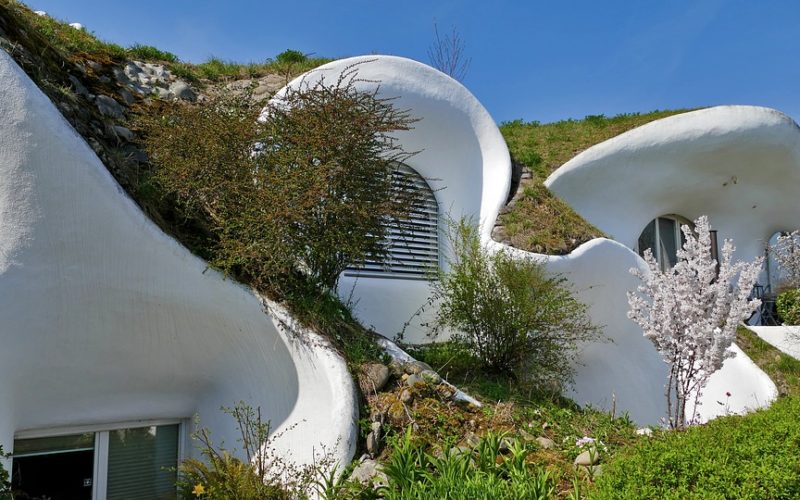Converting an old church into residential accommodation is a unique and rewarding challenge that combines architectural preservation with modern living. This practice has become increasingly popular in recent years, as more people seek distinctive and character-filled homes. From the soaring ceilings to the intricate stained-glass windows, churches provide an unparalleled opportunity for creative reimagining.
Understanding the initial steps
Before embarking on a church conversion project, the first step is to evaluate the building's structural integrity. Many churches were built centuries ago and may require significant repairs or reinforcements. Hiring a professional structural engineer to assess the condition of the foundation, walls, and roof is essential. Any identified issues should be addressed before beginning the conversion process to ensure the safety and longevity of the new residence.
Designing the living space
One of the most exciting aspects of converting a church is the design phase. Preserving historical elements while integrating modern conveniences can be a delicate balancing act. Key features such as the original wooden beams, stonework, and stained-glass windows often become focal points in the new design. Large, open spaces typical of church interiors allow for flexible layouts, but careful planning is needed to create functional living areas such as bedrooms, bathrooms, and kitchens.
The role of bathrooms in church conversions
Bathrooms are a crucial component of any residential property, and their design should be given significant consideration in a church conversion. Given the often expansive nature of church interiors, bathrooms can be designed to be spacious and luxurious, incorporating features such as freestanding bathtubs, walk-in showers, and double vanities. Hiring an experienced bathroom fitter is essential to ensure that all plumbing work meets modern standards and is integrated seamlessly into the existing structure without compromising its historical integrity.
Navigating planning permissions and regulations
Converting a church into a residential property typically requires various planning permissions and adherence to building regulations. These regulations ensure that the conversion meets health and safety standards and respects the historical significance of the building. It is crucial to work closely with local planning authorities and heritage organisations to obtain the necessary approvals. This collaboration can also provide valuable insights into maintaining the church's character while adapting it for modern use.
Creating a sense of home
Despite their grandeur, churches can be transformed into warm and inviting homes. Thoughtful interior design choices, such as incorporating cosy furniture, soft lighting, and personal touches, can help achieve this transformation. Maintaining a balance between the building’s historical elements and contemporary comforts will create a unique living space that feels both majestic and welcoming. The high ceilings and large windows can be used to enhance natural light, creating a bright and airy atmosphere.
The benefits of church conversions
Besides providing a unique and aesthetically pleasing home, converting a church into residential accommodation offers several benefits. It contributes to the preservation of historical buildings, preventing them from falling into disrepair or being demolished. Additionally, it can be more environmentally friendly than constructing a new building, as it utilises existing structures. Finally, these conversions often increase the property’s value due to their distinctive character and historical significance.
Converting an old church into a residential space is a complex but highly rewarding project. It requires careful planning, professional expertise, and a deep appreciation for the building's history. By successfully blending the old with the new, homeowners can create a unique and inspiring living environment that honours the past while providing modern comforts. Whether you’re drawn to the architectural beauty or the challenge of such a project, a church conversion can result in a truly magnificent home.
